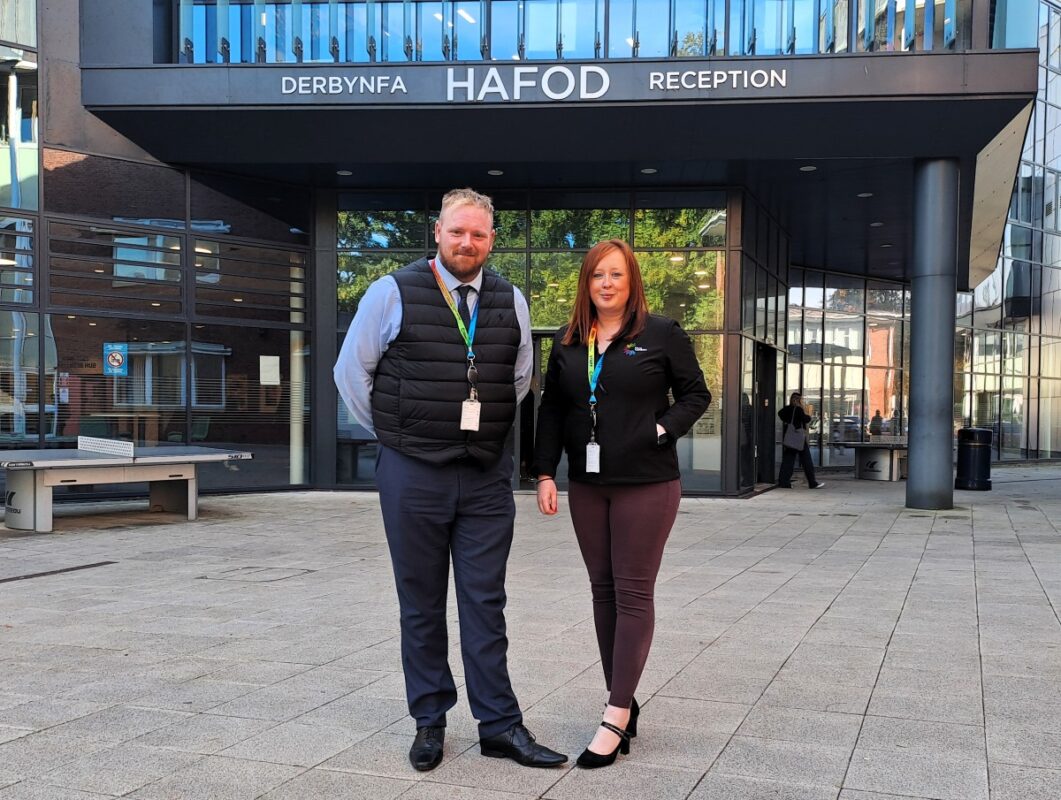The crucial role of supporting mental health and student well-being in education

Student and faculty mental health found their way to the forefront of the conversation during the pandemic. Although these issues have been a part of the conversation for decades, the pandemic amplified the amount of disruption and abandonment felt by students and educators alike. While we might think that after three years, the effects of the pandemic’s direct impact on education have passed, institutions and educators are still battling to address challenges related to mental health and well-being.
Educational institutions have made important investments in resources to provide mental health support; however, some of the results of a recent global study conducted by Hanover Research for the Instructure, maker of the VLE Canvas, suggest that students are unaware of or not leveraging the mental health resources the schools make available.
With loneliness increasing and the cost-of-living crisis an ongoing pressure for students, individual mental health challenges can impact not just how they’re feeling but their academic outcomes too: in fact, 33% of UK students who responded to Instructure’s survey believe that access to mental health resources is crucial to their degree outcome and 37% of respondents assert that home life and wellness impact their academic success.
VLEs
As students navigate different educational models, taking courses in-person, online, or in a hybrid model, virtual learning environments have become part of their lives. VLEs are something they access daily and, therefore, a key player for all kinds of educational institutions to address mental health.
More than ever, it is imperative that institutions take full advantage of the capabilities of their VLE. Not only does it allow students and faculty to access the best tools and resources on the go, it also allows institutions to use data to identify possible issues and allow for personalised intervention.
For instance, through the analysis of VLE data, institutions may identify gaps in student activity, irregularities in engagement levels, or changes in participation frequency. These indicators can serve as valuable early warning signs that something may be amiss. Mental health specialists can then leverage this information to initiate targeted interventions. By engaging with the affected individuals, assessing their well-being, and analysing the contextual factors contributing to their challenges, specialists can tailor personalised interventions before potential issues escalate.
Digital tools nurture an “always on” approach to good mental health
Instructure’s findings highlight the variety of support that is offered in institutions across the UK already: from in-person or virtual counselling (52%) to campus well-being events (51%) and mental health hotlines (47%).
The integration of a VLE can supercharge these support services, connecting with students on a deeper level. In fact, according to the study, 45% of institutions are already using their VLE to provide access to a number of mental health hotlines and 42% to connect students to in-person or virtual counselling.
An example of this is the University of Wolverhampton, who used Canvas to devise ‘The Pace Project’, which consists of personalised and targeted courses that aim to address the mental health and well-being of their students. The project focuses on an intersectional approach to each profile of their students to create a more tailored approach according to their needs. It is an excellent example of how institutions can use their VLE to provide supportive resources that are accessible to their students, as well as curriculum design training to alleviate the pressures from their educators.
Whilst institutions across the UK are making way in prioritising the mental health and wellbeing of their students, there are still new expectations borne each and every day: with over a quarter (27%) of respondents noting that they would like to see mental health apps integrated. Mental health apps can be perceived as an external source of support, which may be more appealing for some students if they prefer not to disclose their struggles to a familiar face. Institutions can partner with various mental health apps to provide access to external support for their students at the tip of their fingers. It paves the way for embracing technology and its impact in generating these non-traditional forms of support, which are more appealing to many students nowadays.
Conclusion
Educational technology opens up the opportunity for institutions to lean in and adapt to the digital age, fostering a supportive and responsive educational environment which has a holistic view of student needs. It is all about fostering more innovative ways to teach and ultimately providing a strong support network for students. Using a VLE to provide mental health support and resources is a reliable approach to ensuring accessibility for students and faculty alike, and should remain at the forefront of institutions’ priorities as a strategy to address mental health challenges.
By Sidharth Oberoi, Vice President of International Strategy for Instructure and oversees the strategy and vision of Product for Canvas










